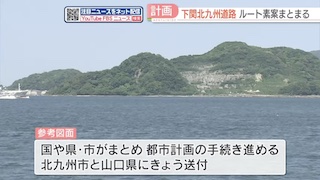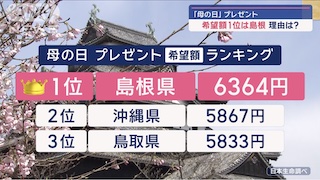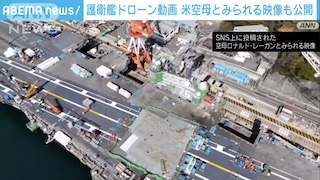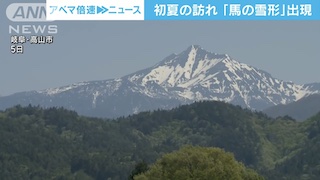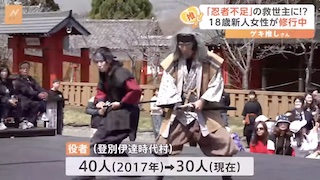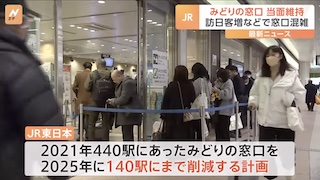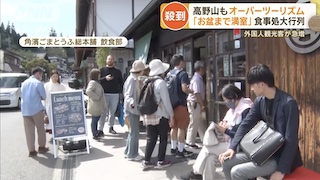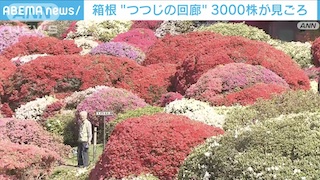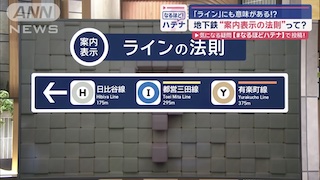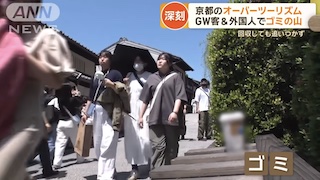TOKYO, Dec 07 (Nikkei) - Tokyo Metro will raise subway fares for the first time in 28 years as urban train operators nationwide grapple with ridership declines caused by the pandemic and a subsequent population exodus from Japan's biggest cities.
A ride with Tokyo Metro will start at 180 yen ($1.34) from the spring, up from the current 170 yen. This marks the first increase in nearly three decades, excluding consumption tax hikes.
Osaka Metro will also increase its starting fare by 10 yen in April 2023.
The changes represent one of the latest signs of the historic inflation sweeping across Japan.
Tokyo Metro's and Osaka Metro's passenger numbers were down by roughly half at one point in 2020 from 2019 as Japan urged residents to stay home and closed the door to foreign visitors. Average daily passengers on Kyoto's subways fell 33% in fiscal 2020 to 260,000. Subway ridership in northern Japan's Sendai remained 18% below fiscal 2019 levels in fiscal 2021. ...continue reading



